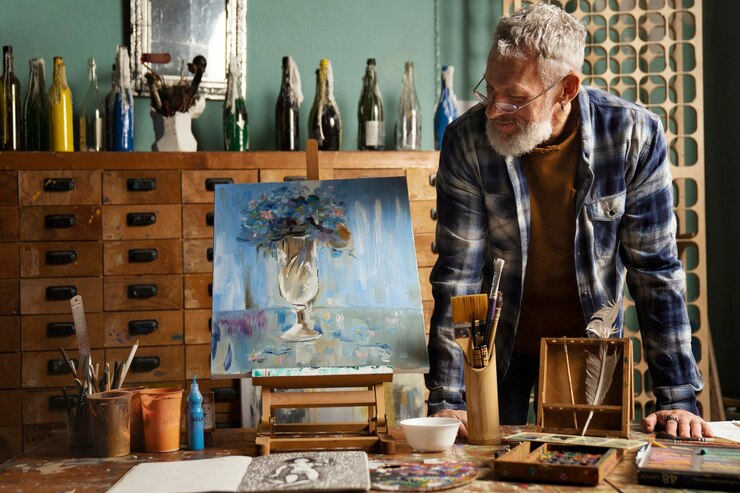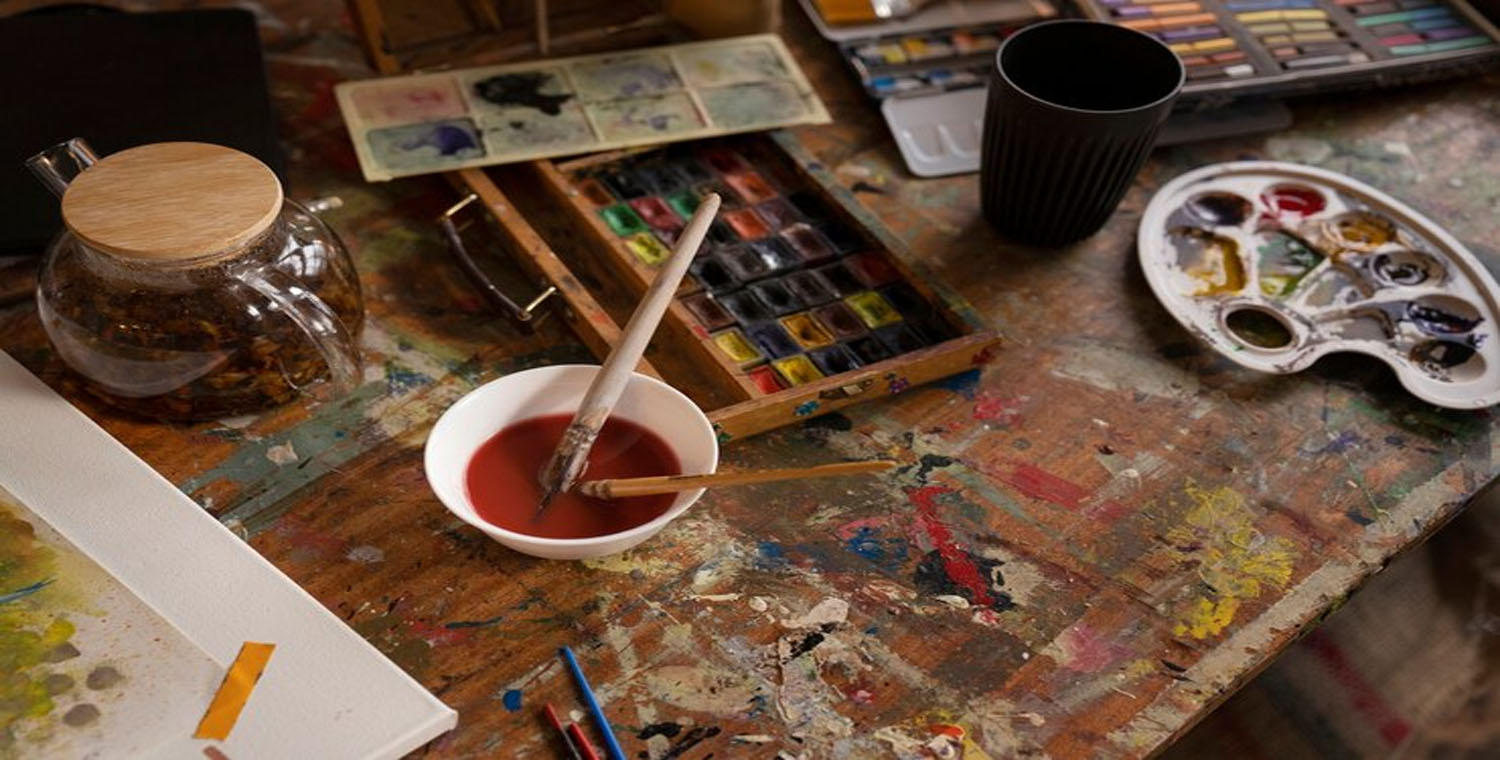Çeciir, a term that evokes curiosity and admiration, is deeply rooted in the cultural fabric of its region. This art form embodies a blend of tradition, craftsmanship, and community spirit, making it an essential aspect of local identity. In this article, we will explore the origins, techniques, cultural significance, and contemporary relevance of çeciir, shedding light on why it deserves recognition and preservation.

Çeciir has its roots in ancient practices, tracing back to civilizations that valued artistic expression and craftsmanship. Traditionally, çeciir referred to a form of intricate weaving or textile art, often created by skilled artisans who passed down their techniques through generations. The name itself carries connotations of beauty and intricacy, reflecting the delicate nature of the work involved.
The art of çeciir flourished in various regions, each developing its unique style and method. As trade routes expanded and cultures collided, çeciir absorbed influences from different traditions, resulting in a rich tapestry of designs and techniques. This evolution has allowed çeciir to remain relevant and adaptable, continuing to inspire artists and craftspeople today.
The creation of çeciir involves a meticulous process that requires both skill and creativity. Traditionally, artisans use natural fibers such as cotton, wool, and silk, which not only lend a unique texture to the finished product but also enhance its durability. The choice of materials is essential, as they determine the overall quality and aesthetic appeal of the work.
At the heart of çeciir is the weaving technique, which varies depending on regional traditions. Common methods include:
- Plain Weave: This basic technique involves alternating horizontal and vertical threads, creating a simple yet sturdy fabric. It serves as the foundation for more complex patterns.
- Twill Weave: Recognizable by its diagonal pattern, twill weave adds depth and texture to çeciir. This method is often used to create intricate designs that tell a story.
- Jacquard Weave: A more advanced technique that allows for complex patterns and images to be woven directly into the fabric. This method showcases the skill of the artisan and often results in breathtaking visual effects.
The colors and patterns used in çeciir are equally significant. Traditionally, artisans employed natural dyes derived from plants, minerals, and insects, resulting in vibrant and varied hues. The patterns often hold cultural meanings, representing aspects of life, nature, or spirituality.
Some common motifs include:
- Geometric Shapes: Symbolizing harmony and balance, geometric designs are prevalent in çeciir and reflect the mathematical precision of the craft.
- Floral Patterns: These designs celebrate the beauty of nature, often inspired by the local flora and fauna. They represent growth, renewal, and the interconnectedness of life.
- Symbolic Motifs: Many çeciir pieces feature symbols that convey deeper meanings, such as protection, fertility, or prosperity, drawing from the rich tapestry of local folklore.
The significance of çeciir extends beyond mere aesthetics; it serves as a vital cultural artifact that connects communities to their heritage. In many regions, çeciir is not just an art form but a way of life, reflecting the values, beliefs, and traditions of its people.
Çeciir is often a communal activity, bringing together families and friends to share skills and stories. In many cultures, the process of creating çeciir is accompanied by rituals, celebrations, and social gatherings. These moments foster a sense of belonging and reinforce the importance of preserving cultural practices.
The çeciir industry also plays a significant role in the local economy. Artisans and craftspeople who create çeciir products often rely on this craft for their livelihood. By supporting local artisans, communities can promote sustainable practices and ensure the survival of traditional crafts.
In recent years, there has been a growing awareness of the need to preserve çeciir and similar art forms. Various organizations and cultural institutions have initiated programs aimed at reviving traditional techniques and promoting education around çeciir. Workshops, exhibitions, and fairs showcase the work of artisans and provide platforms for knowledge exchange.
As society evolves, so does the interpretation and application of çeciir. Modern artists and designers are drawing inspiration from traditional çeciir techniques while infusing their unique styles and contemporary aesthetics. This fusion of old and new not only keeps the art form alive but also expands its reach and relevance in today’s world.
In the fashion industry, çeciir has made a resurgence, with designers incorporating traditional techniques into modern clothing and accessories. This trend not only highlights the beauty of çeciir but also raises awareness about the importance of sustainable fashion. By choosing to support artisanal craftsmanship, consumers are making a conscious decision to value quality over mass production.
Çeciir is also finding its way into home décor, with artisans creating textiles, wall hangings, and other decorative items that showcase the intricate designs and rich colors of this art form. These products not only add a touch of cultural heritage to modern spaces but also tell stories of tradition and craftsmanship.
Technology has played a role in the revitalization of çeciir, with digital platforms providing artisans with access to broader markets. Online marketplaces allow them to showcase their work, connect with customers, and share their stories. Social media has also become a powerful tool for raising awareness about çeciir and promoting cultural heritage.
Despite its enduring appeal, the çeciir craft faces challenges in the modern world. As younger generations gravitate towards urbanization and technology, the transmission of traditional skills can be at risk. Moreover, mass production and fast fashion threaten the viability of artisanal crafts, making it essential to find ways to adapt and thrive.
To combat these challenges, it is vital to engage younger generations in the art of çeciir. Educational programs and workshops can introduce them to the techniques and cultural significance of this craft, fostering a sense of pride and ownership. By integrating çeciir into school curriculums, we can inspire a new wave of artisans dedicated to preserving this beautiful tradition.
Consumers also play a crucial role in the future of çeciir. By choosing to support local artisans and purchasing handmade products, individuals can contribute to the sustainability of the craft. Advocacy for fair trade practices and ethical consumption helps create a market that values craftsmanship and cultural heritage.
Çeciir is more than just an art form; it is a living testament to the creativity, resilience, and cultural identity of communities around the world. As we navigate the complexities of modern life, the art of çeciir serves as a reminder of the importance of preserving our traditions while embracing innovation. By celebrating çeciir, we honor the past, engage with the present, and pave the way for a future that values artistry, craftsmanship, and cultural heritage.
